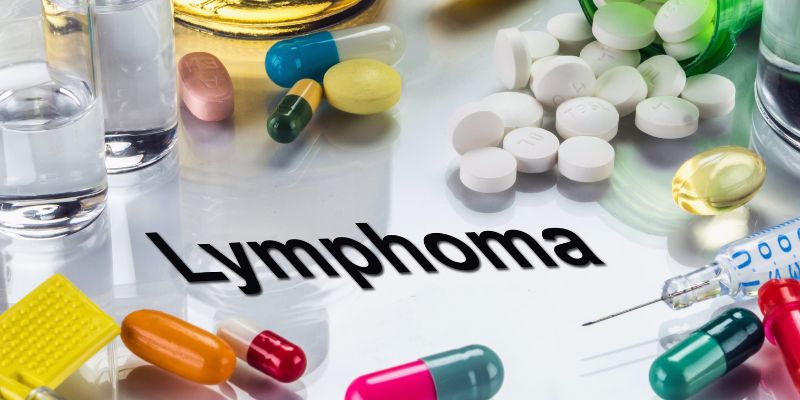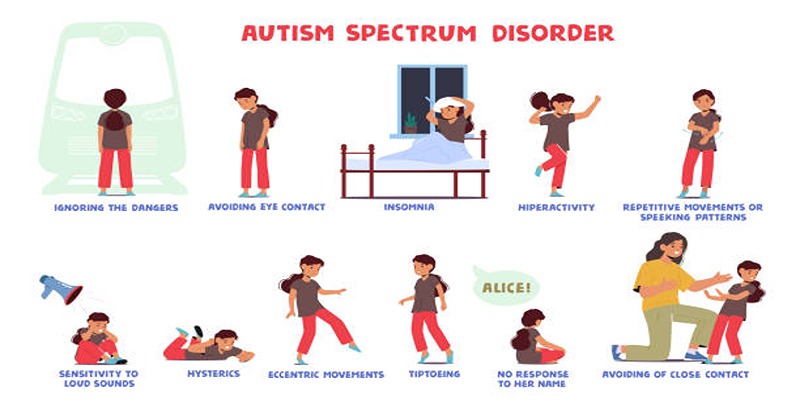Latest Advances in Lymphoma Treatment: What Patients Should Know
Affecting the lymphatic system, a complicated disease known as lymphoma compromises immunity's ability. As lymphoma treatment advances, patients have more choices than they did years ago. For patients diagnosed with Hodgkin's lymphoma, knowledge of the most recent treatments may make all the difference.
Every method has special advantages, from radiation and chemotherapy to modern choices like CAR T-cell treatment. Knowing what to expect helps patients and caregivers feel more in control, whether they are investigating alternative medicines or stage 2 cancer treatment. This article explores current lymphoma treatment advances to help one better grasp what's the treatment for lymphoma, including the advance options available. Let's investigate these choices and how they are altering the scene for people living with lymphoma now.

Lymphoma: Types and Advanced Treatment Options
Below are the types of lymphoma and their respective advanced treatment options, highlighting the latest medical advancements available today.
Hodgkin's Lymphoma
Usually beginning in the lymph nodes, Hodgkin's lymphoma is a rare but treatable disorder. The presence of big, aberrant Reed-Sternberg cells distinguishes it. Especially when discovered early, Hodgkin's Lymphoma treatments have one of the highest cure rates among malignancies. Especially in the early stages, Hodgkin's lymphoma therapies usually combine radiation and chemotherapy. More focused treatments result from recent advances. Treating recurrent or refractory Hodgkin's lymphoma has shown promise from immunotherapy, more especially from the use of checkpoint inhibitors like nivolumab and pembrolizumab.
These treatments disrupt proteins that stop the immune system from attacking cancer cells, therefore enabling their action. Targeted therapy seeks to minimize damage to healthy cells by concentrating on particular chemicals engaged in cancer development. Stem cell transplants have evolved into a reasonable choice for individuals who reject conventional therapy. High dosages of chemotherapy are used to eliminate cancer cells in this operation; after that, stem cell replacement helps to rebuild the immune system.
Non-Hodgkin's Lymphoma
Non-Hodgkin's lymphoma (NHL) is the collective term for a variety of blood tumors starting in lymphoid tissue. Unlike Hodgkin's lymphoma, non-Hodgkin's lymphoma lacks Reed-Sternberg cells, so the course of treatment depends on its subtype. Chemotherapy, radiotherapy, and immunotherapy rank among the most often used treatments for NHL. However the kind of treatment usually relies on whether the lymphoma is aggressive (fast-growing) or indolent, slow-growing. Usually, the first line of treatment for aggressive NHL types such as diffuse large B-cell lymphoma is chemotherapy.
However, new developments in non hodgkin's Lymphoma treatments include CAR T-cell therapy. This creative treatment alters the T-cells of the patient to identify and target lymphoma cells. Patients with relapsed or refractory forms of aggressive lymphoma have found CAR T-cell treatment especially successful. Monoclonal antibodies have not only improved non-Hodgkin's lymphoma treatment but also CAR T-cell therapy. Commonly used monoclonal antibody rituximab targets cancer cells directly so that the immune system may eliminate them.

Follicular Lymphoma
Non-Hodgkin's lymphoma is a subtype of follicular lymphoma, usually progressing slowly. This type grows far more slowly than others and is considered a lazy kind of lymphoma. This means that many people might choose "watchful waiting" instead of immediate treatment and might not need it either. When treatment is required, though, numerous rather good choices abound. Monoclonal antibodies such as rituximab, which targets cancer cells and sets off an immune response to eliminate them, are commonly used in follicular Lymphoma treatment.
Follicular lymphoma has lately been approved for targeted treatments such as copanlisib and idelalisib. These medicines aim at particular chemicals inside lymphoma cells, therefore stopping their spread and proliferation. This method lessens the necessity of more forceful treatments like chemotherapy. Apart from monoclonal antibodies and focused therapy, modern immunotherapies under development aim to improve the efficacy of treatment. These less harmful substitutes for conventional treatments stimulate the immune system to fight cancer effectively.
Stage 2 Lymphoma
A stage 2 lymphoma diagnosis indicates that the cancer is confined yet has spread to two or more lymph node areas. Although the stage 2 lymphoma treatment strategy usually consists of chemotherapy and radiation therapy, early-stage lymphoma is sometimes more curable. Chemotherapy is usually given to diminish the malignancy; radiation is utilized to target particular lymph node locations. Usually involving chemotherapy first, then localized radiotherapy, Hodgkin's lymphoma in stage 2 treatment.
This twin approach has been quite successfully managed, and it also enhances the prognosis. Particularly in aggressive forms of lymphoma, chemotherapy along with monoclonal antibody therapy might be utilized for non-Hodgkin's lymphoma. Recent developments in radiation technology have made more exact targeting of cancer cells possible, helping to lower side effects and shorten recovery times. These advances improve the effectiveness and individualized nature of stage 2 lymphoma treatment, therefore raising the likelihood of long-term remission.
Advances in Treatment Technology
Thanks in great part to recent technological developments, lymphoma treatment has been much improved, and patients have fresh hope. Important advancements consist of:
- Precision Medicine: Genetic profiling has transformed lymphoma treatment by pointing out certain mutations in cancer cells. This data lets doctors create individualized therapy programs that target cancer cells more precisely. Customizing treatments to specific patients helps therapy be more successful with fewer adverse effects.
- Artificial Intelligence (AI) and Machine Learning: Artificial intelligence and machine learning are today utilized to examine enormous volumes of patient data, therefore enabling clinicians to forecast patient response to various therapies. These technologies enable the identification of trends in data that would be challenging for people to detect, therefore guiding treatment decisions with better accuracy and knowledge. Oncologists can maximize therapeutic strategies and enhance patient outcomes with artificial intelligence.
- Minimally Invasive Procedures: Advances in surgical methods and imaging technologies have produced less invasive lymphoma therapy options. New techniques cut the necessity for major incisions, therefore lowering the recovery durations and associated complications. This technology speeds up recovery and enhances the patient experience generally.
Conclusion:
Ultimately, developments in lymphoma treatment have greatly enhanced patient outcomes by providing more focused and potent choices. Patients now have access to customized and less intrusive treatment choices, from the inception of precision medicine and artificial intelligence to creative medicines like CAR T-cell treatment. New treatments are giving long-term remission and better quality of life hope, whether for Hodgkin's lymphoma, treatment for non Hodgkin's lymphoma, or follicular lymphoma. Maintaining knowledge of the most recent advancements in treatments enables patients to make better decisions.












